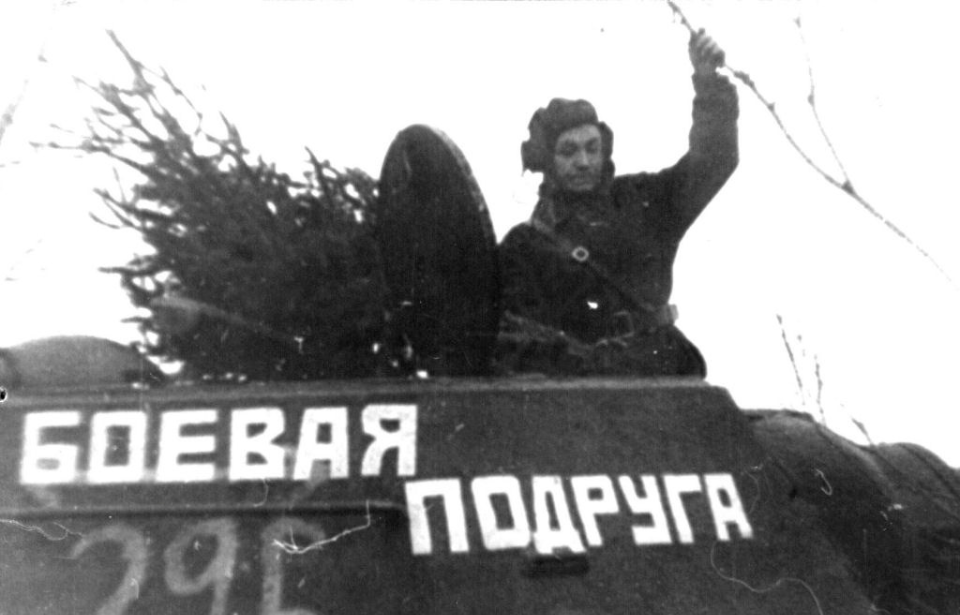Mariya Oktyabrskaya was a telephone operator hellbent on revenge after finding out her husband had been killed in battle against the Germans. Taking matters into her own hands, she spent two years earning the funds needed to train and join the war effort. When she did, she fought on the frontlines, determined to destroy as many enemy soldiers as possible.
News of her husband’s death took years to reach her
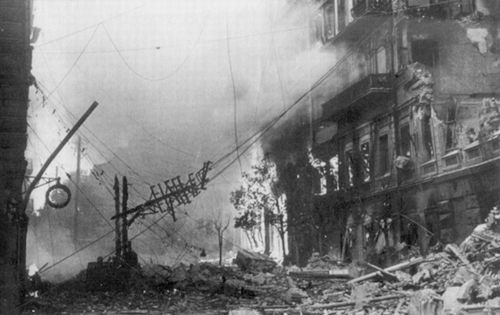
Mariya Oktyabrskaya was one of 10 children born into a poor Ukrainian family. She wed Ilya Oktyabrsky in 1925 and became involved with military matters. While married, she served as a member of the Military Wives Council and even trained as an army nurse. She loved her husband dearly, and was a strong supporter of the Red Army.
When German soldiers invaded Kyiv in 1941, Oktyabrskaya was forced to flee to Tomsk. Two years later, she discovered that her husband, a commissar with the 206th, had been killed in battle back in 1941. Filled with grief and rage, she tried to enlist at a recruitment office, her aim being to avenge Ilya’s death. Unfortunately, she’d been suffering from tuberculosis of the cervical vertebra and was refused.
Mariya Oktyabrskaya bought her own tank and started training
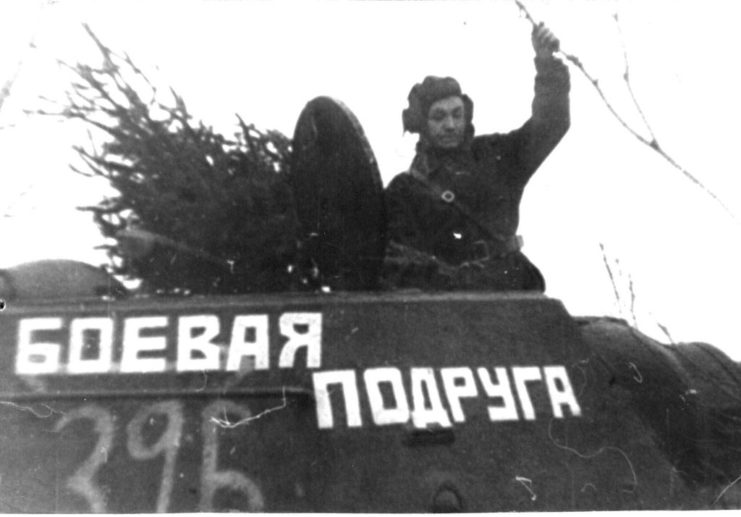
Instead of giving up, Mariya Oktyabrskaya chose to take matters into her own hands. She sold all of her possessions and began handcrafting bed linens and tablecloths, which she also sold. By the fall of 1943, she’d collected the large sum of 50,000 rubles. With the money, she requested in a letter to Soviet dictator Joseph Stalin that she be allowed to purchase a tank and name it Fighting Girlfriend, with the stipulation she be the one to drive it on the frontlines.
In the letter, Oktyabrskaya wrote, “My husband was killed in action defending the motherland. I want revenge on the fascist dogs for his death and for the death of Soviet people tortured by the fascist barbarians. For this purpose, I’ve deposited all my personal savings – 50,000 rubles – to the National Bank in order to build a tank. I kindly ask to name the tank Fighting Girlfriend and to send me to the front line as a driver of the said tank.”
Stalin and the State Defense Committee approved the request, and Oktyabrskaya was granted a T-34 with “Fighting Girlfriend” painted along the side of the turret. After five months of tank training at the Omsk Tank Academy, she was officially a tank driver and mechanic. Oktyabrskaya graduated with honors and joined the 26th Guards Tank Brigade, 2nd Guards Tatsinskaya Tank Corps in September 1943.
Mariya Oktyabrskaya disobeyed orders
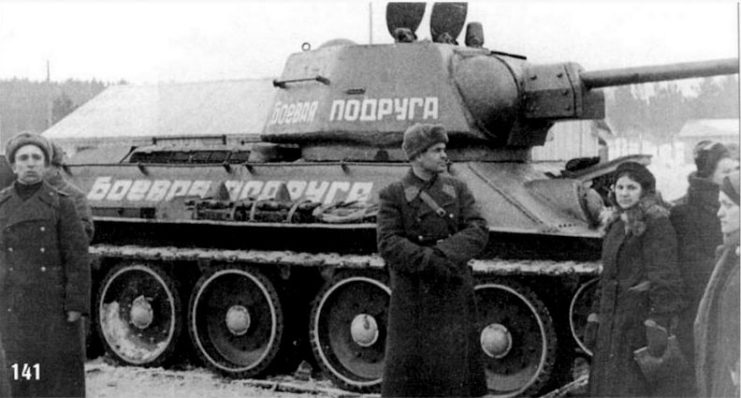
It wasn’t until her first battle that Mariya Oktyabrskaya was taken seriously as a soldier. In October, 1943, she and Fighting Girlfriend entered their first battle in Vitebsk. During this time, she and her crewmen successfully destroyed German machine gun nests, as well as artillery guns.
When her tank was hit by fire and the tread became damaged, Oktyabrskaya hopped out of the T-34 to repair it, disobeying orders to remain where she was. The turret gunner provided coverage and, despite the battle waging on around her, she successfully fixed Fighting Girlfriend and rejoined the engagement, earning a promotion to the rank of sergeant.
Oktyabrskaya pulled the same stunt the following month, during an attack that allowed the Soviets to capture Novaje Siało. This time, after repairing the tank in the heat of battle, Fighting Girlfriend crushed enemy artillery guns and took out several German soldiers.
Oktyabrskaya had earned the respect of her peers and was satiating her need for revenge. She wrote to her sister, “You can be happy for me – I’ve just been baptized in battle. I’m slaying b******s. Sometimes, I’m so mad I can’t see the light.”
Her final battle
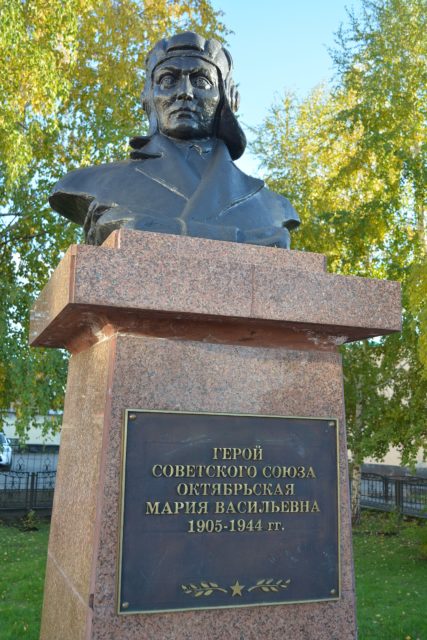
After having served on the frontlines for months, Mariya Oktyabrskaya’s path of revenge came to an end on January 17, 1944. She and her tank crew were ordered to participate in a night raid, as part of the Leningrad-Novgorod Offensive. During the assault, she drove Fighting Girlfriend straight into a heavily-fortified German defensive position, taking out enemy artillery and infantry, as well as an anti-tank gun.
The T-34 was hit by an anti-tank shell and rendered immobile, causing Oktyabrskaya to do as she’d previously done and try to repair it. Unfortunately, a shell exploded and shrapnel struck her in the head. She lost consciousness and was in a coma for two months before dying on March 15, 1944.
More from us: Aleksandra Samusenko: The Only Female Tank Commander of the Second World War
Oktyabrskaya was buried with full military honors at the Heroes Remembrance Gardens in Smolensk, Russia and posthumously declared a Hero of the Soviet Union, the highest award for military bravery awarded by the USSR. Fighting Girlfriend was eventually destroyed, but the name was given to several more tanks in its honor.
